
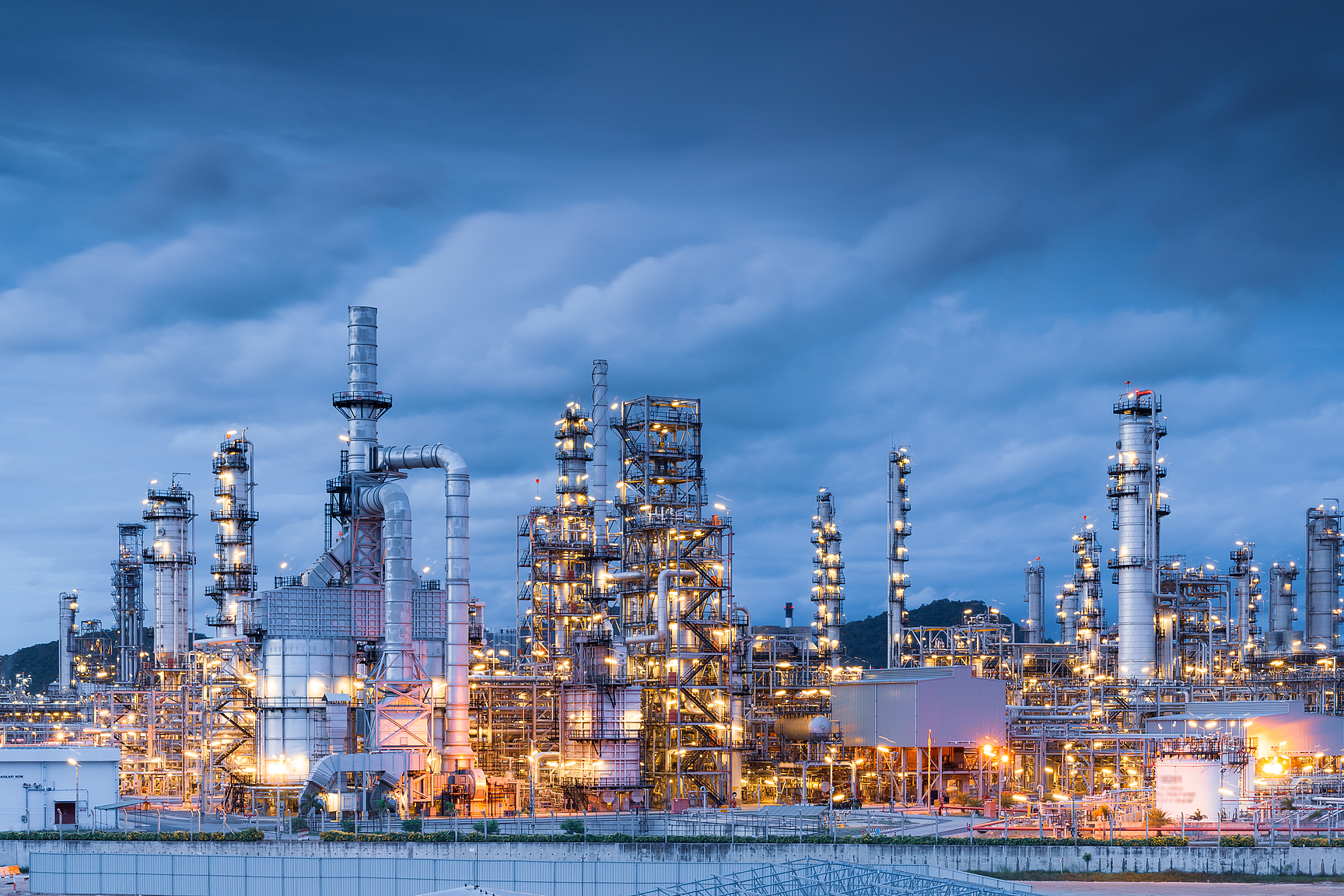

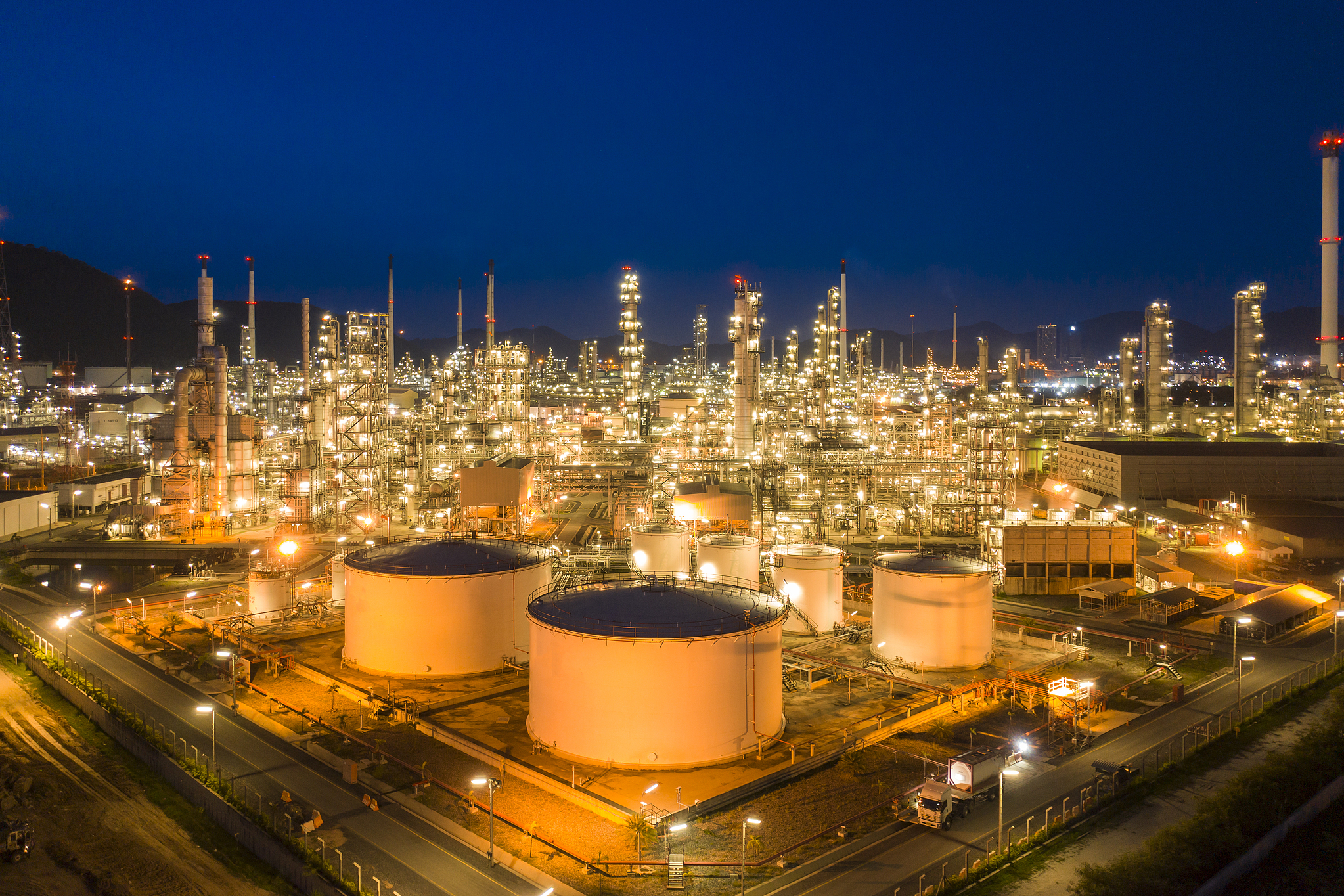


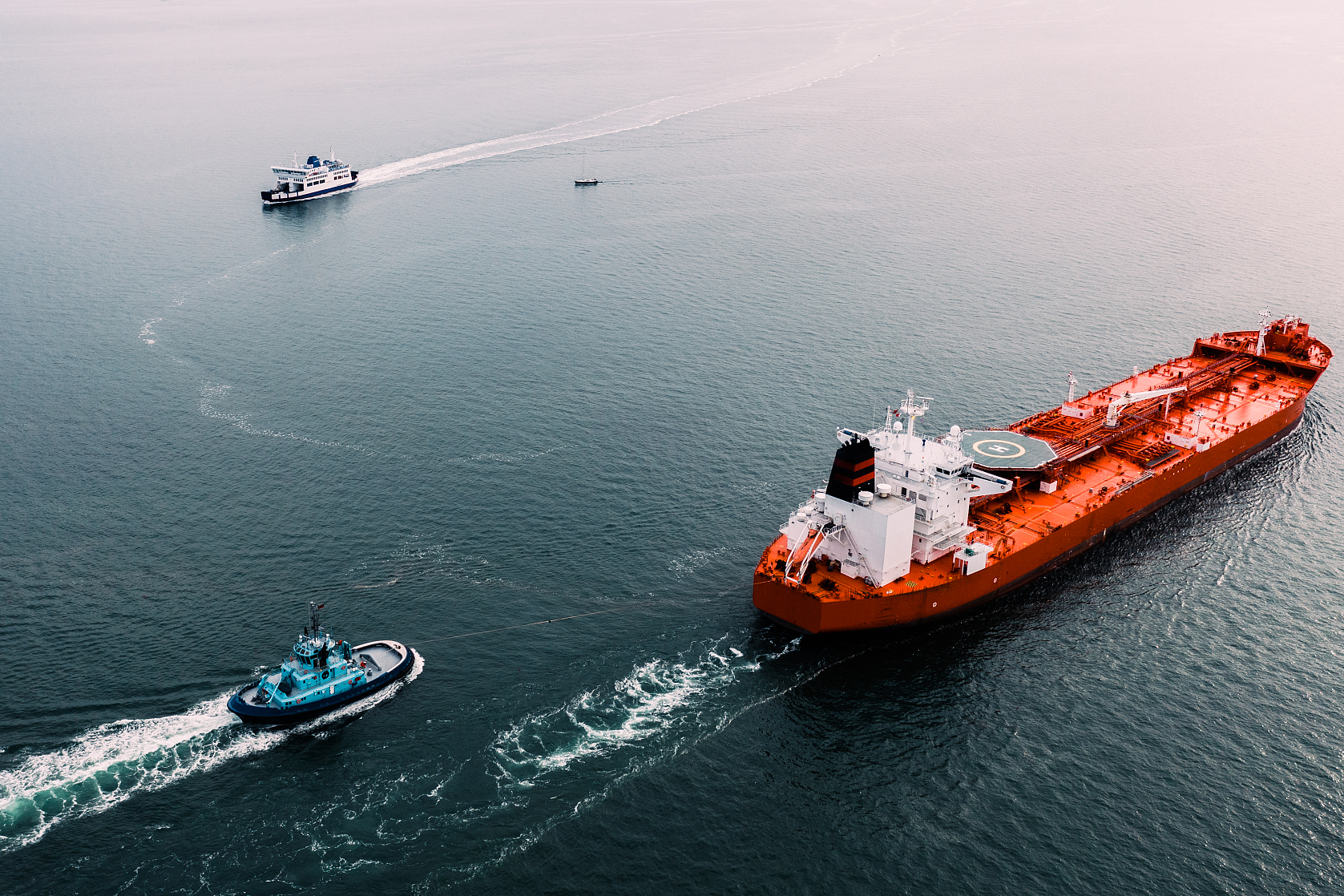





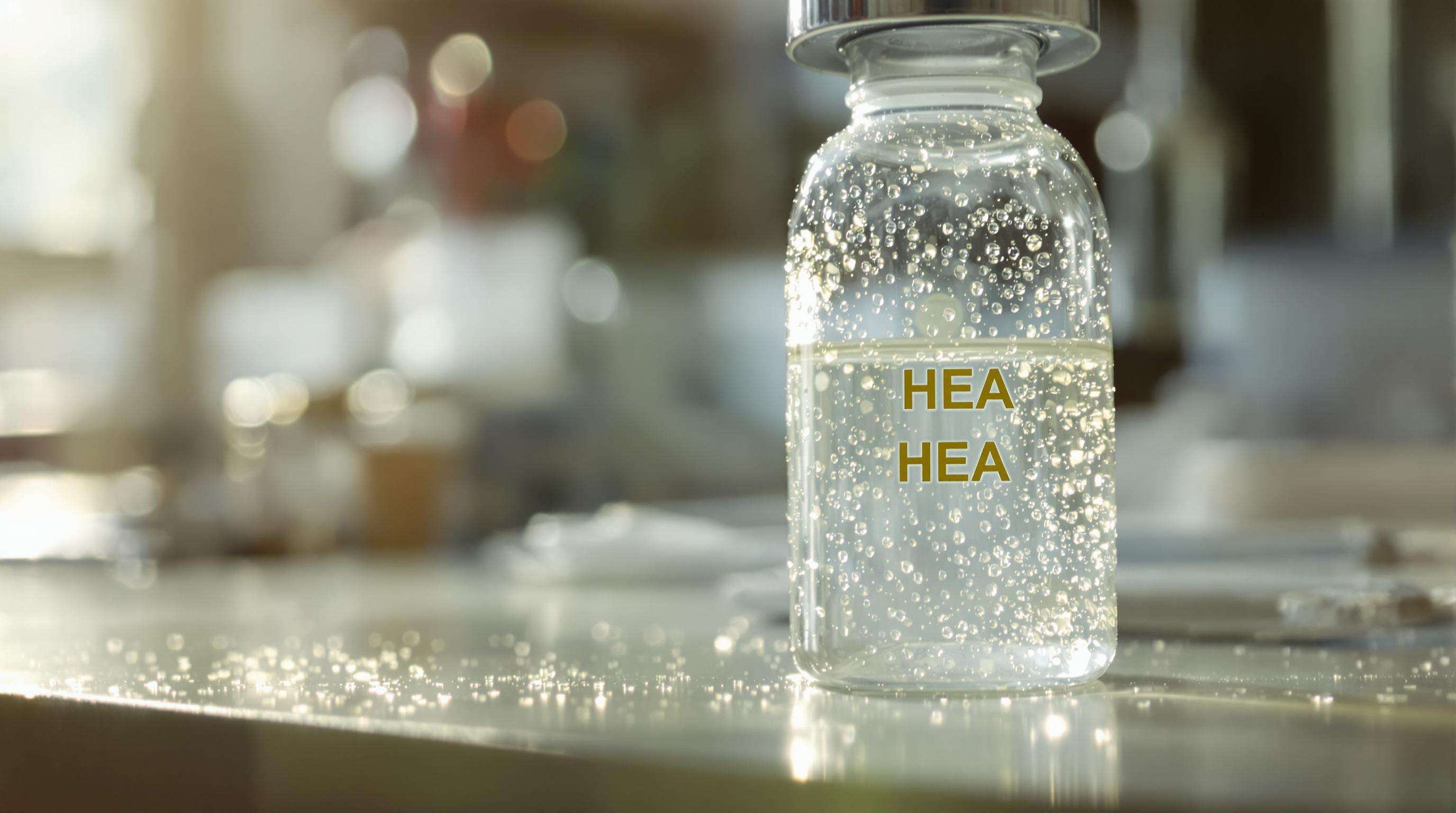
The chemical instability of 2-Hydroxyethyl Acrylate (HEA) leads to degradation along several key paths. Thermal stress is one major factor - when temps rise above around 25 degrees Celsius or so, the polymerization process speeds up significantly, maybe even doubling or tripling according to some older studies from back in 2002 on polymer stability. Oxygen plays a tricky role too, acting both as something that starts the polymerization reaction and also helps molecules link together. We've seen containers left open in hot, humid places like tropical warehouses where viscosity jumps by almost double after just three months sitting there. Light exposure below 400 nanometers really messes with HEA's ester bonds, and anyone who's dealt with shipments crossing oceans knows humidity above 60% relative humidity causes serious problems through ester hydrolysis. The inhibitors we typically use, like those MEHQ packages, work pretty well in dry areas keeping effectiveness around 98%, but they fall apart much quicker in moist environments. For companies storing and shipping HEA globally, it's essential to tackle all these degradation issues at once if they want to maintain product quality throughout their supply chain.
Keeping HEA temperatures between 25 to 30 degrees Celsius is really important for preventing thermal breakdown. When temps go over 35C, the viscosity just shoots up about three times faster than normal within half a year, something noted in those latest 2024 Polymer Stability Guidelines. For humidity levels, staying under 65% helps cut down on hydrolysis problems. This matters most in those Climate Zone IV areas where summer heat often hits 40C plus with humidity creeping toward 85%. Labs have tested this stuff out and found that following these guidelines cuts down quality issues reported each year by roughly two thirds when compared against places without such controls in place. Makes sense why manufacturers want to stick with these standards.
When nitrogen blanketing is applied to storage containers, it brings down oxygen levels to under 1% which really helps slow down premature polymerization. Studies indicate this can cut unwanted reactions by around three quarters compared to just leaving materials exposed to regular air. The technique works even better when paired with those special UV filtering drum liners. We've seen shelf lives extend anywhere between nine to fourteen extra months in hot regions where goods often sit for long periods, think places like the Middle East or parts of Southeast Asia. Looking at actual field reports from twenty three different ports around the world, samples stored with nitrogen protection maintained purity rates below half a percent after twelve whole months. That's dramatically better than the standard approach which typically sees contamination jump up to over 3% within the same timeframe.
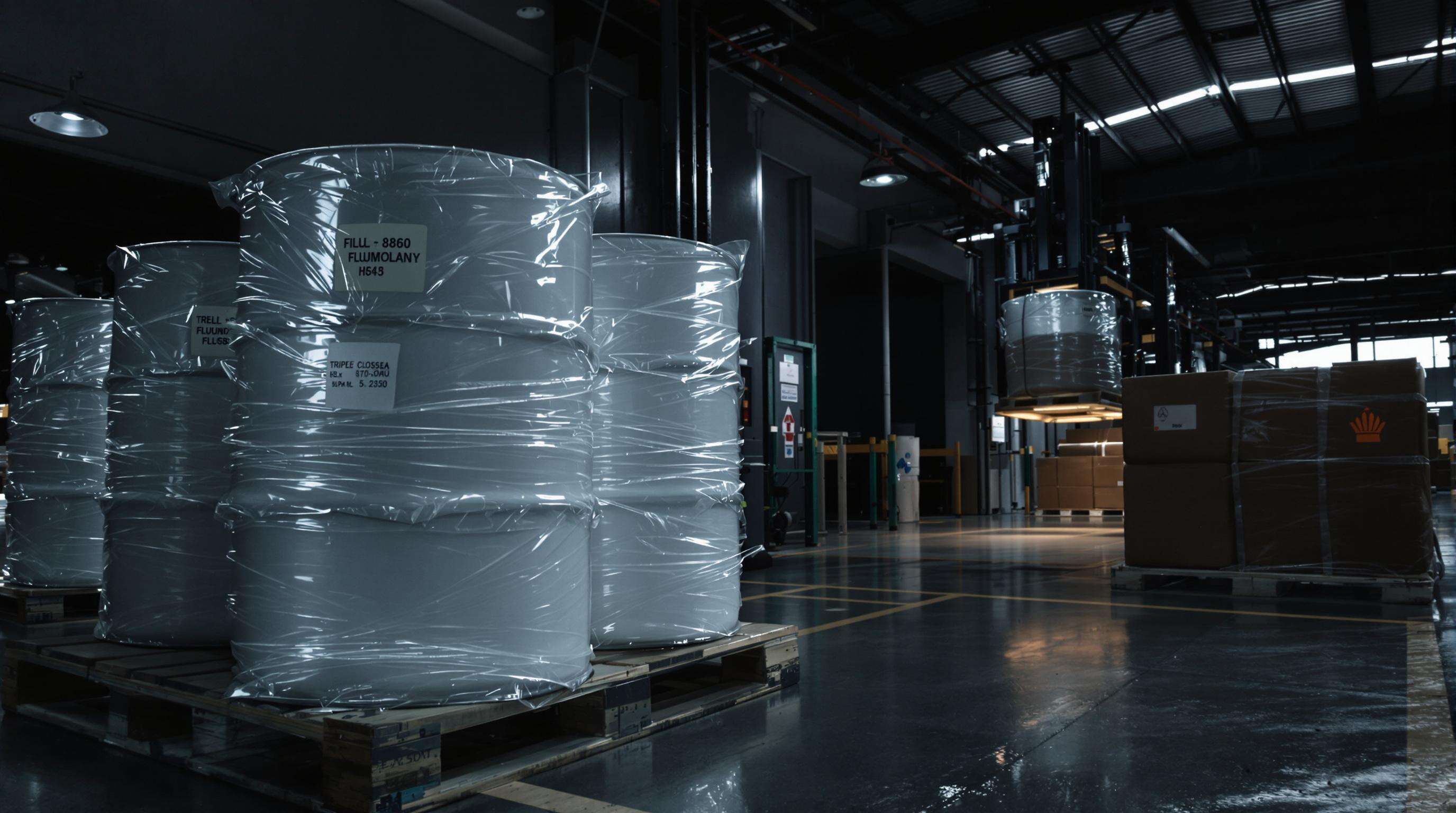
Choosing the right containers makes a big difference when it comes to keeping HEA stable during long term storage. Drums lined with fluoropolymers cut down on chemical reactions by almost all (around 98%) compared to regular epoxy coatings, which helps maintain HEA purity at over 99.5% for more than 18 months according to ASTM standards from 2023. The triple seal closures are pretty important too since they keep oxygen levels below 0.5 parts per million each month. This is really crucial for maintaining the effectiveness of inhibitors especially in hot humid areas like tropical regions. Looking at what industry research shows, electropolished inner surfaces play a major role in preventing contamination problems. Tests have found about three quarters less particulates building up in these special finishes compared to normal ones after storing materials for a full year.
The intermodal shipping process brings along several points where contamination can occur, so proper steps need to be taken to address these issues. Using sealed secondary packaging combined with nitrogen flushing keeps humidity levels under 30% for those long 45 day trips across the ocean, which stops problems caused by moisture leading to unwanted chemical changes. The desiccant cartridges we've borrowed from the pharmaceutical industry manage to soak up around 97% of the moisture hanging around during those unexpected delays at ports. Special pallet designs that dampen vibrations cut down on seal wear and tear by about 82% when seas get rough, keeping the HEA viscosity stable within roughly plus or minus 1.5% of what it was originally throughout the entire journey from factory to destination.
Most international stockists check viscosity on a regular basis these days, looking for those telltale signs that HEA might be starting to polymerize. According to some research published last year about polymer stability, when shipments are moving across oceans and temperatures swing around, acid numbers can jump anywhere from 10 to 15 percent in batches that aren't being monitored properly. Field techs now have portable rheometers that can pick up even tiny viscosity shifts down to 2 centipoise. And there are these handy titration kits too for measuring acid numbers, giving results pretty much in under ten minutes most of the time, though sometimes it takes an extra minute or two depending on conditions.
FTIR spectroscopy can spot polymerization happening at the molecular level long before anyone can see it with the naked eye. The newer handheld versions of these devices are really making waves in industry settings. They pick up on those methyl ether crosslinks with almost perfect accuracy - we're talking 99% compared to just 82% for old school gas chromatography methods. Take a look at what's happening down along the coast where humidity is always an issue. Warehouses there have cut their material waste by nearly a third simply by doing regular weekly checks on HEA drums using FTIR scans. Makes sense when you think about how early detection prevents costly mistakes before they become major problems.
The European REACH regulations actually require checking inhibitor concentrations once a month, but down in those tropical storage areas they tend to do these checks every week instead. According to a recent industry report from last year, something like two thirds of international warehouses are now mixing standard regulatory testing with those fancy infrared moisture sensors that give instant readings. This helps keep their High Ethanol Alcohol products fresh longer on store shelves. The combination works pretty well for staying compliant with ISO 9001 standards too, especially when dealing with all that damp air we see in places where humidity regularly goes above 85%. Makes sense really because nobody wants their inventory going bad before it even reaches customers.
MEHQ is still widely used as the go-to inhibitor for HEA stabilization, though most manufacturers suggest keeping it around 10 to 20 parts per million when stored in temperate conditions. Looking at recent lab results, these levels seem to keep unwanted polymerization at bay roughly 72 to 89 percent of the time at room temperature (about 77 degrees Fahrenheit) over a year's storage period. Things get trickier in hot climates though. Warehouses where temperatures regularly climb above 30 degrees Celsius (around 86 Fahrenheit) often need closer to 25 ppm MEHQ just to match the same protective effect. The heat basically speeds up how fast the inhibitor gets used up, which explains why higher concentrations become necessary in such environments.
In high-humidity regions, distributors implement bi-monthly inhibitor top-ups using precision dosing systems to counter accelerated MEHQ degradation. Best practices include:
Field trials in Southeast Asian ports demonstrated these methods extend HEA usability by 34% compared to standard storage protocols.
A chemical distributor in Thailand reduced HEA waste by 40% after adopting a three-phase restabilization system:
The protocol maintained HEA acid values below 0.5 mg KOH/g for 18 months—exceeding typical shelf-life expectations by six months in tropical conditions. This approach now serves as a template for coastal storage facilities in humidity-prone regions.
The main degradation factors for 2-Hydroxyethyl Acrylate (HEA) include thermal stress, oxygen exposure, light, and humidity. Elevated temperatures, high humidity, and light exposure especially below 400 nanometers contribute to speeding up the polymerization and hydrolysis processes.
Optimal storage conditions include maintaining temperatures between 25 to 30 degrees Celsius and humidity levels below 65%. Using inert gas blanketing and UV-filtering liners also helps preserve quality during storage.
Contamination during transit can be prevented using sealed secondary packaging combined with nitrogen flushing, desiccant cartridges, and specialized pallet designs to reduce vibrations and seal wear.
On-site viscosity and acid number testing, FTIR spectroscopy, and fulfilling regulatory compliance through monthly checks of inhibitor concentrations are common practices for monitoring HEA quality.
MEHQ is an effective inhibitor for stabilizing HEA, typically recommended at 10 to 20 ppm for temperate climates and up to 25 ppm in hotter environments. This helps counter accelerated degradation in high temperatures.
 Hot News
Hot News2025-07-25
2025-06-16
2025-04-07
2025-04-07
2025-04-07
2025-12-03

